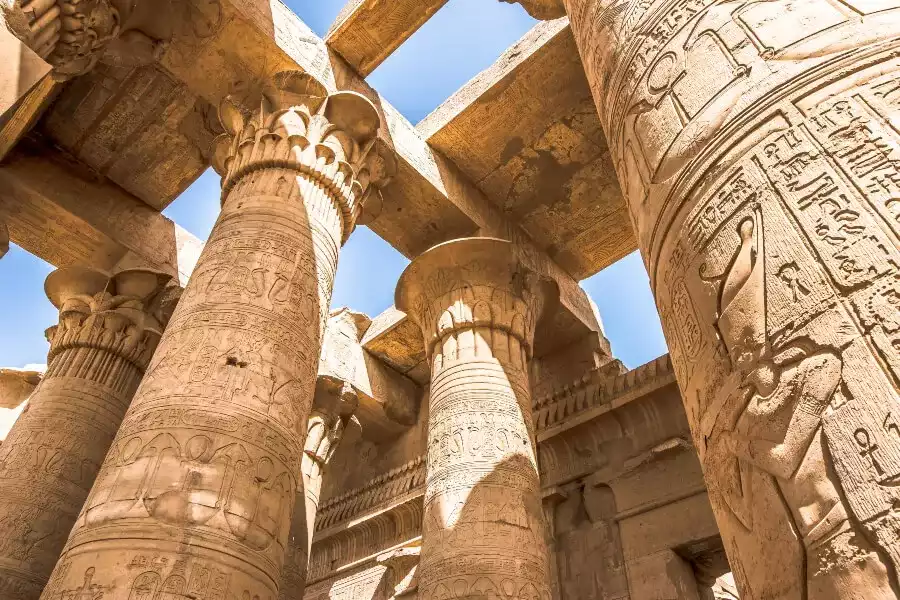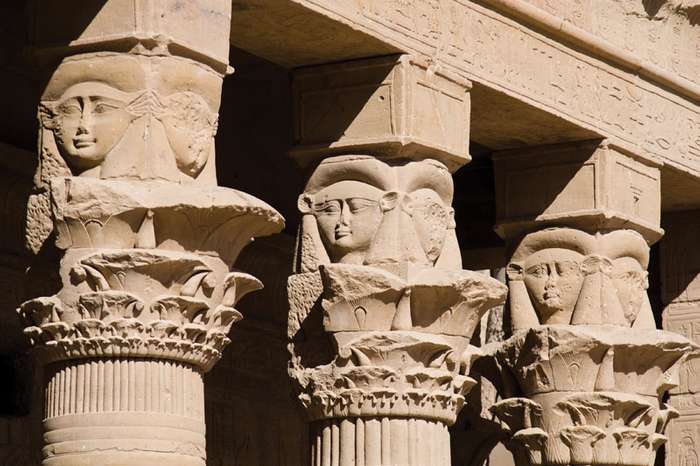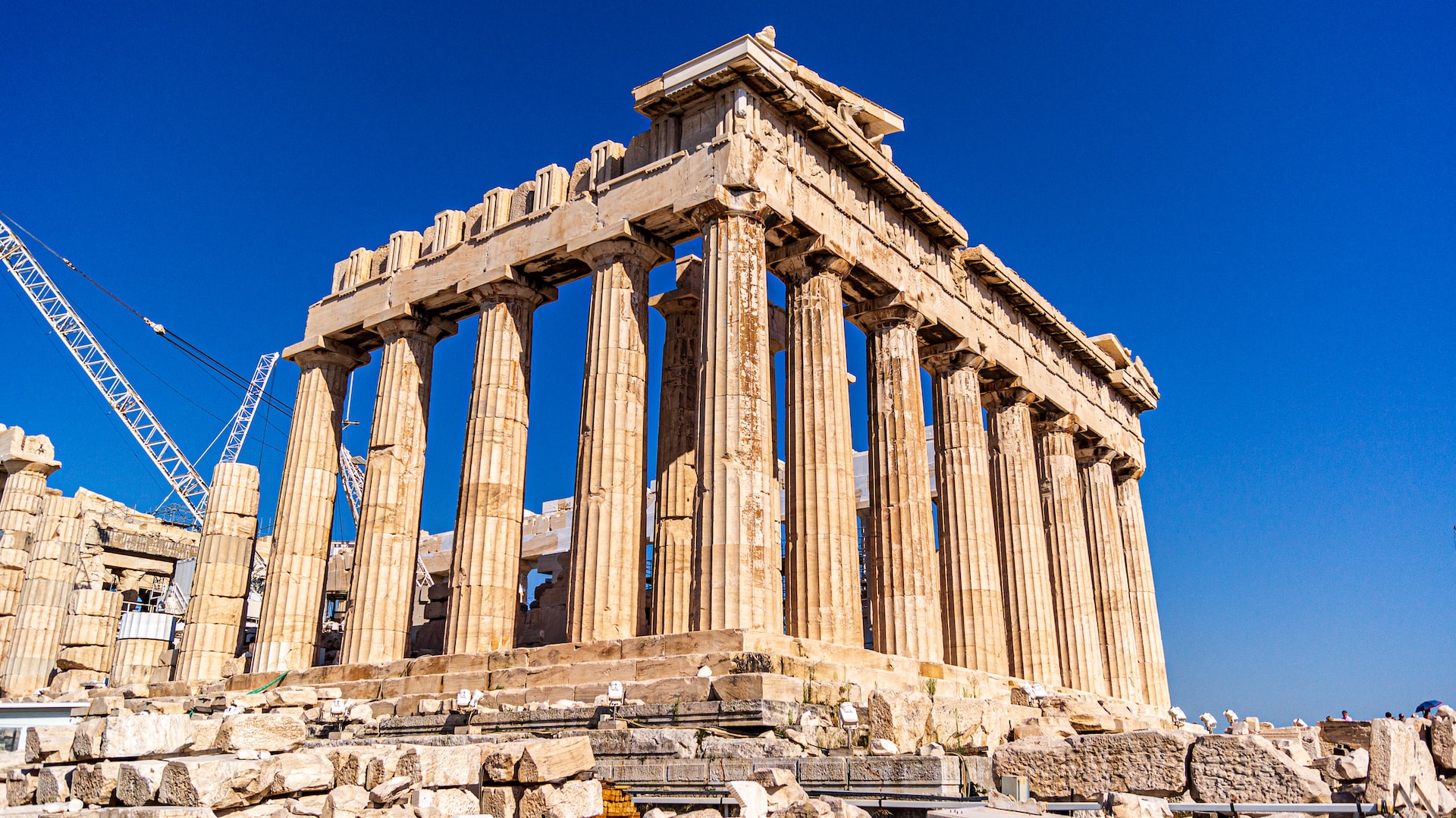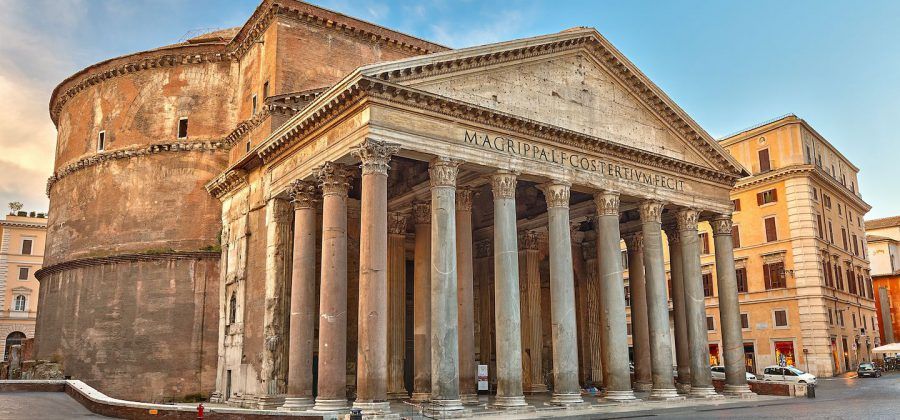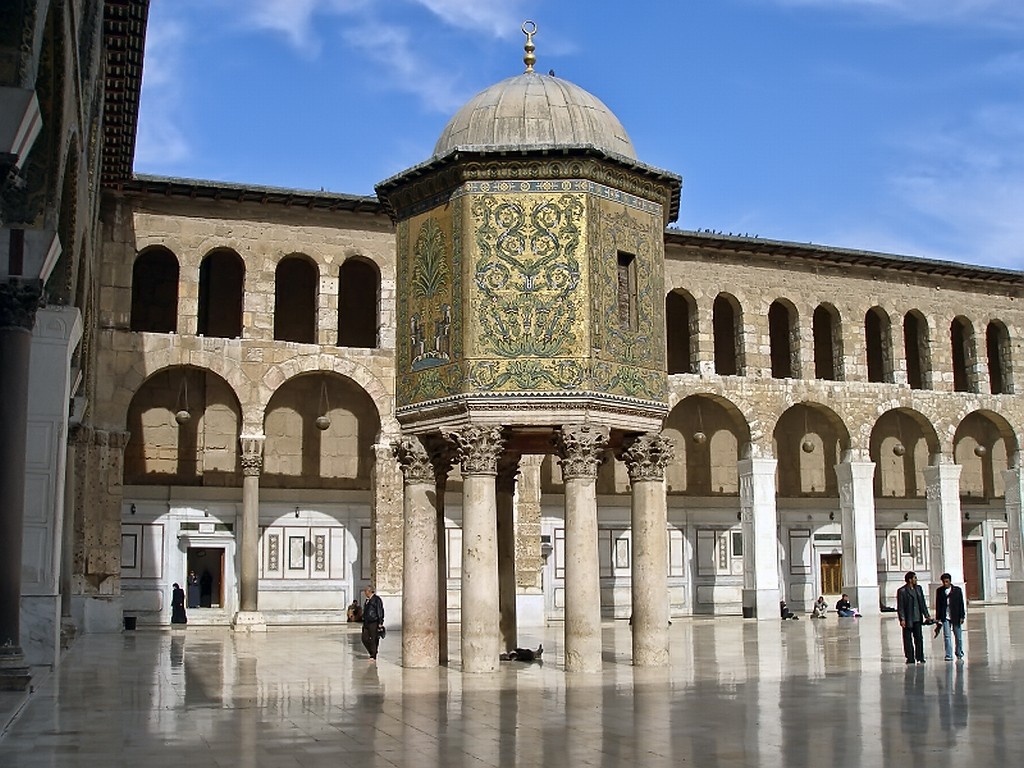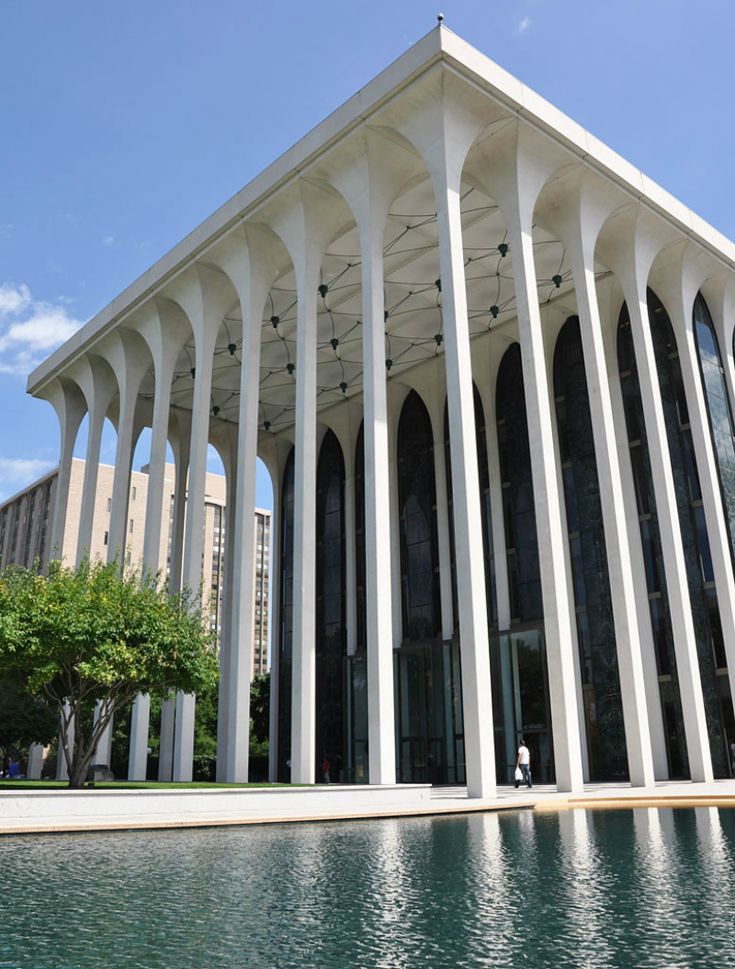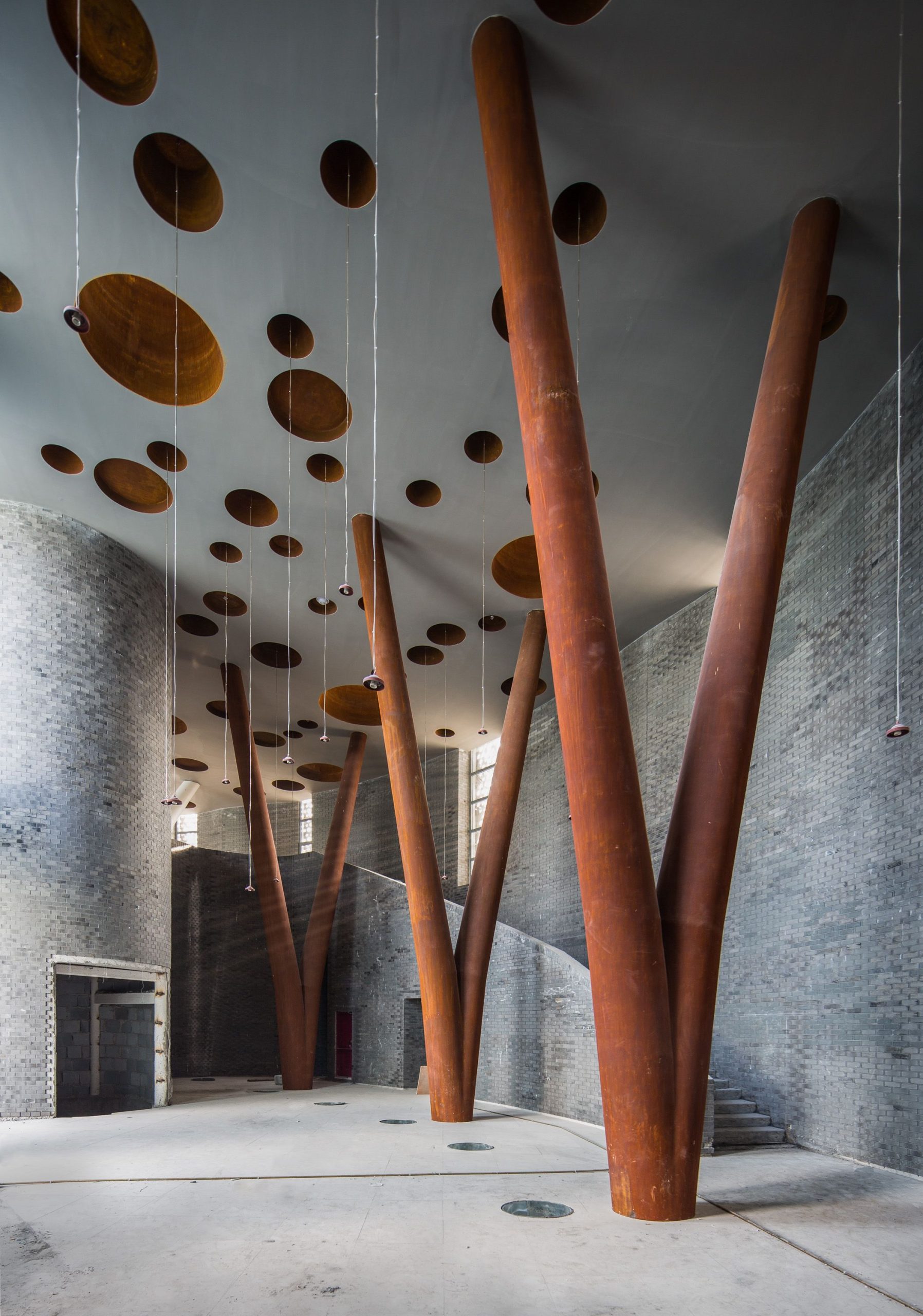Pillars of History: The Evolution of Architectural Columns
ancient architecture arts and crafts greco-roman museum Greek history islamic monumentSafy Allam
Image via website
If walls could talk, they would whisper secrets. But columns? They would stand tall and proudly recount the stories of civilisations past. These elegant pillars, both silent and steadfast, have watched empires rise and fall, witnessed gods and kings, and supported some of the greatest architectural marvels known to humankind.
So, let us embark on a journey through time, following the footsteps of columns, from their mystical beginnings in ancient Egypt to their modern incarnations in the steel-and-glass jungles of today.
Ancient Egypt: Where Columns Were Born
Image via website
Long before the Greeks and Romans refined their grand styles, the Egyptians were crafting colossal columns inspired by the natural world around them. To step into the Temple of Karnak was to enter a stone forest, where enormous pillars stood like ancient trees, their tops blooming into papyrus, lotus, and palm motifs.
Image via website
Each column held a tale. The lotus column, symbolising rebirth, reached towards the heavens like the sacred flower rising from the Nile. The papyrus column, with its bundled stalks, spoke of prosperity and knowledge. The palm column, crowned with fan-like leaves, was a mark of victory and triumph. The Hathoric column, featuring the serene face of the goddess Hathor, welcomed worshippers with the promise of love and music.
These columns weren’t just structural. They were storytellers adorned with colourful hieroglyphs, immortalising the deeds of pharaohs and gods. Their presence was both practical and divine, holding up the grand temples while connecting the physical world to the spiritual.
Greece & Rome: The Birth of Classical Beauty
Image via website
Fast forward to ancient Greece, and columns took on a whole new level of elegance. The Greeks believed architecture should be as harmonious as their poetry, and thus, the three classical orders were born. The mighty Doric order stood strong and unadorned, like a warrior on guard. The Ionic, with its scroll-like volutes, embodied grace and wisdom, more refined and intellectual in nature. The Corinthian order, the most decorative of them all, was adorned with acanthus leaves, radiating beauty and luxury.
Image via website
The Parthenon, perched atop the Athenian Acropolis, was the pinnacle of Greek perfection, where Doric columns stood firm, supporting a structure dedicated to Athena, the goddess of wisdom. When the Romans came into power, they embraced these styles, making them even grander. In the Pantheon of Rome, massive Corinthian columns lined the entrance, leading visitors into one of the most spectacular domes ever built. The Romans also introduced the Composite order, blending the grace of Ionic volutes with the elaborate Corinthian leaves, proving that columns could be both strong and sophisticated.
Islamic Architecture: The Art of Spolia and Innovation
Image via website
As the world changed, so did columns. In the Islamic era, architects found beauty in adaptation. Why carve new columns when history already provided them? Thus, the art of spolia, reusing architectural elements from past civilisations, became widespread. Walking through the Great Mosque of Damascus, one would find Roman and Byzantine columns seamlessly integrated into the new Islamic structure, a silent reminder of the past woven into the fabric of a new faith. The Al-Zaytuna Mosque in Tunis displayed ancient columns repurposed into an elegant courtyard, proving that history could be both preserved and transformed.
Image via website
But Islamic architects did not stop at simply reusing columns; they reinvented them. Slender columns, coupled with the iconic horseshoe arch, became a defining feature of mosques and palaces across North Africa and Spain. In the breathtaking halls of the Alhambra in Granada, these columns created an almost ethereal experience, where light and shadow dance across delicate carvings, making the stone appear as weightless as lace.
Medieval & Gothic Eras: Columns That Reached for the Sky
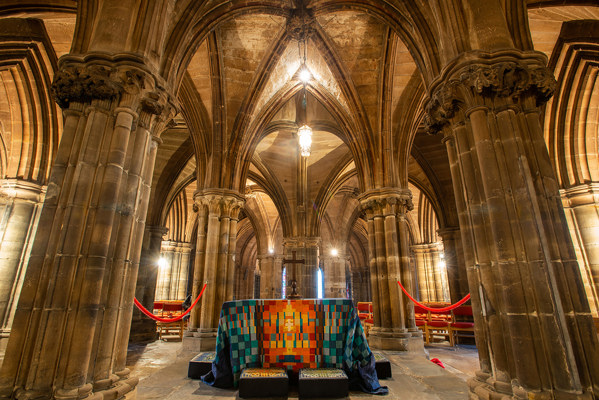
Image via website
Now imagine standing in a medieval cathedral. The air is cool, the light filtered through stained glass, and above you, stone columns rise impossibly high, splitting into ribs that weave across the ceiling like the branches of a sacred tree. This was the Gothic era, where columns weren’t just supports but bridges to the divine. No longer were they massive and bulky; instead, they became tall and slender, allowing for enormous windows that bathed the interiors in celestial hues.
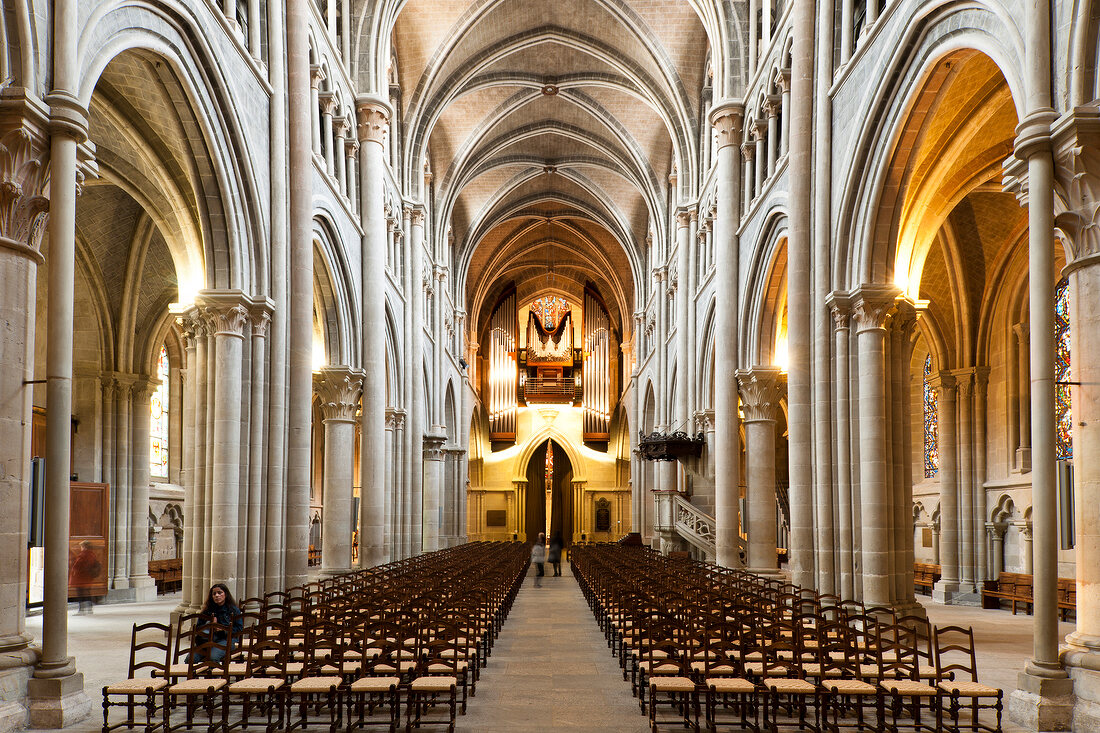
Image via website
In the Notre Dame Cathedral in Paris, these clustered columns soar skyward, their intricate carvings of saints and angels leading the eye towards heaven. Instead of simply holding up roofs, these columns carried the weight of faith itself. They were designed to inspire awe, to make worshippers feel small yet connected to something far more significant.
Renaissance & Baroque: The Art of Drama
Image via website
With the Renaissance came a revival of classical grandeur. Columns were no longer just structural; they were statements. Michelangelo, Bernini, and their peers played with scale, proportion, and ornamentation, reintroducing the beauty of the classical orders but with an added touch of drama. St. Peter’s Basilica in Vatican City became a showcase of this renewed love for columns, its vast colonnades (arcades) embracing visitors in an architectural gesture of grandeur and divinity.
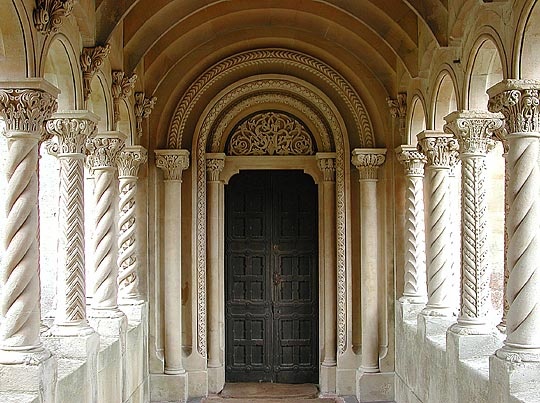
Image via website
The Baroque era took things even further. Bernini, always one for spectacle, designed Solomonic columns that twisted upward in elaborate spirals as if they were moving before one’s very eyes. These were no longer just columns; they were works of art designed to dazzle and overwhelm, guiding worshippers through an experience of divine theatricality.
The Modern Era: Reinventing the Column
Image via website
And now, we arrive at today’s world, where glass skyscrapers touch the sky, and steel columns replace the ancient stone. Architects no longer carve elaborate capitals; instead, they embrace minimalism, allowing materials to speak for themselves. In the Seagram Building in New York, slender steel columns stretch effortlessly upwards, creating an aesthetic of simplicity and strength. The focus has shifted from decoration to function, from classical beauty to sleek modernism.
Image via website
Yet, classical columns have not disappeared entirely. They still grace government buildings, museums, and memorials, reminding us that history’s pillars still stand tall in our collective memory. Even in contemporary architecture, we find echoes of the past, where architects reinterpret columnar forms in new and unexpected ways, proving that the column remains an eternal element in the world of design.
From the temples of Egypt to the skyscrapers of today, columns have transformed, yet their essence remains unchanged. They stand for strength, beauty, and continuity. Each era has left its mark, shaping how we see and use them. They are more than just stone and steel; they are symbols of power, belief, and innovation, linking the past, present, and future in an unbroken chain of architectural brilliance.
recommended
 Cafés
Cafés
Bite Into the Croffle Craze: The Best 5 Spots to Try Croffles in Cairo
cafes cairo +2 City Life
City Life


